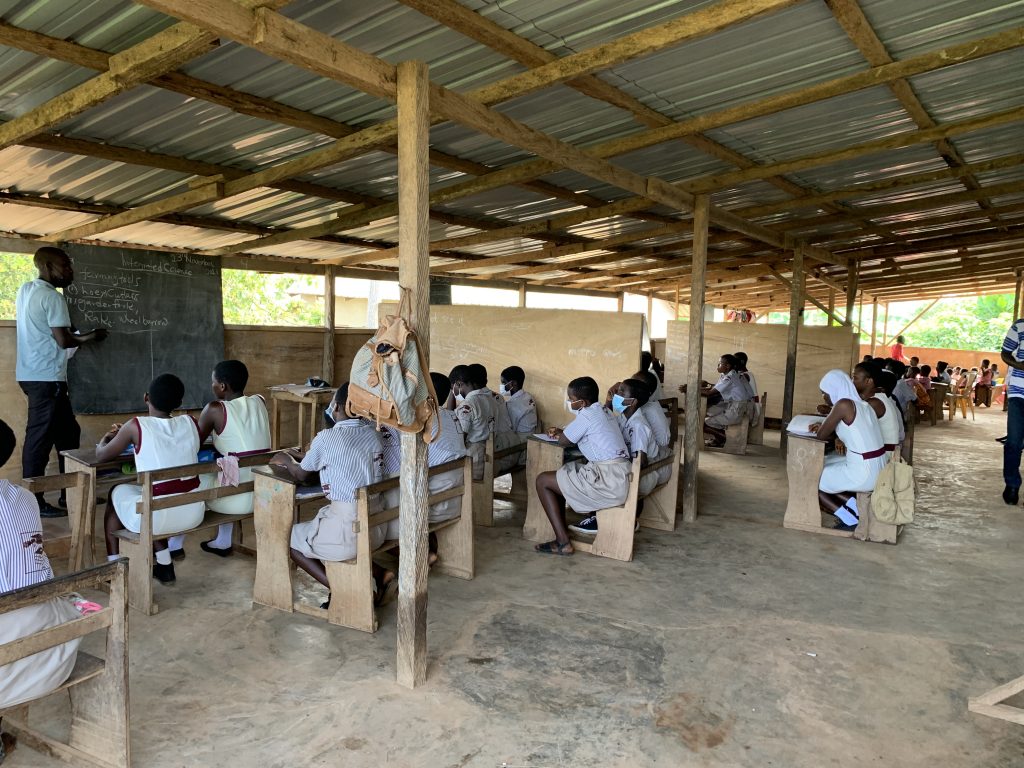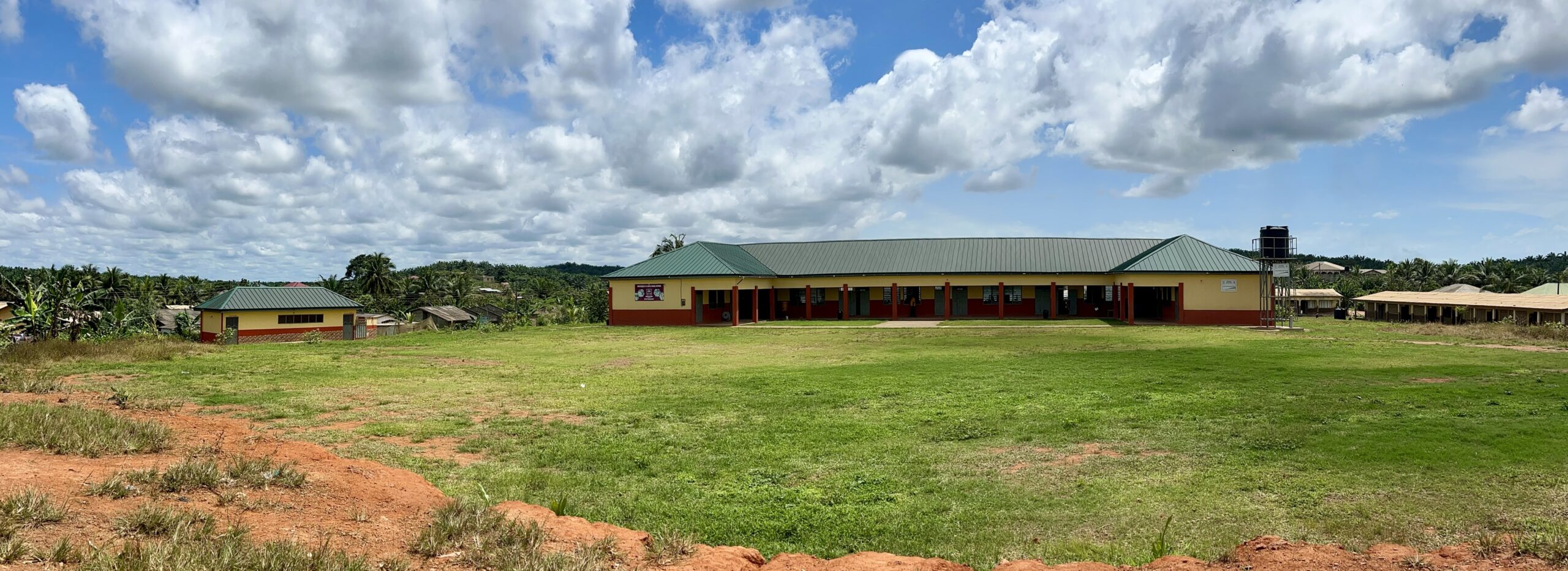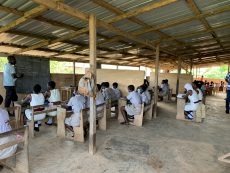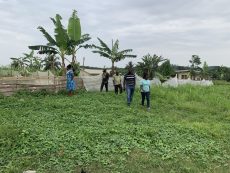
Ewusiejoe M/A Girls Junior High School WaSH-Project
Background of a School WaSH project
In schools, WaSH projects are an important building block for positive behavioural changes in children with regard to hygiene.
WaSH means: water, sanitation and hygiene. Access to clean drinking water and adequate sanitation is of fundamental importance for the children in Ampaha. Only in this way diseases can be prevented, important hygiene measures learned and regular school attendance – for both boys and girls – be made possible.
Another positive side effect of the School WaSH project is that once the pupils have learned the new hygiene standards, they help to raise awareness among their parents,family and environment and become important agents of change in their communities.
It should be kept in mind at all times: Children are not only the generation of the future, but also future parents – and what they learn at school, they will pass on to their own children.
WaSH projects in schools therefore help not only the pupils, but also the whole community and future generations.
The WaSH project in Ewusiejoe
Background and problem description
Ewusiejoe is a town in the Ahanta-West District in the Western Region with a population of about 7,000.
Girls’ education is still not a high priority in many African countries. A large part of the population believes that girls should only be prepared for marriage. This often leads to school dropouts and teenage pregnancies.
The Ewusiejoe M/A Girls Model JHS was founded in 2016 with the goal of making girls self-sufficient and independent.
Unfortunately, the community lacks sufficient funds to bring the school into good condition. The approximately 430 students from kindergarten to junior high school are housed in a makeshift wooden structure with only 2 classrooms. There they are unprotected against the weather and stray animals. Concentrated learning is not possible.
There is not enough school furniture, so that most of the children have to sit on the floor.
There are no toilets or clean drinking water. The children have to look for water before classes start and are therefore often late. Due to water being drawn from unsafe sources, diarrheal diseases are common.
Since there is no privacy for monthly hygiene, the girls do not even come to school during this time.

Project Plan:
Construction of a new school block with 6 classrooms, a staff room, storage room and computer room, with a water supply system and school toilets and hygiene training (WaSH project).
Benefits of the Project:
- Access to clean water, adequate sanitation and hand washing facilities
- Access to education for all school-age girls
- Improving the standard of education
- Reduction of teenage pregnancies
- Promotion and training in the field of hygiene
- Enable girls to attend school even during their menstruation
- Reducing diseases caused by contaminated water
- Covering the drinking water needs of the school
Conclusion:
The project aims to create an appropriate learning environment and improve the hygiene and health conditions of the beneficiaries (students, teachers and community members).
The cornerstones of the project are the establishment of appropriate infrastructure and raising awareness of hygiene issues.
The local community will be involved at all levels of the project. This will strengthen the community sense of ownership and make the project sustainable. The information and training measures will also have a certain multiplier effect, i.e. the pupils, teachers and all those involved in the project will disseminate the new knowledge to the community. This is the only way to achieve a profound and lasting improvement in the hygiene situation throughout the Community.
Status: in the implementation
Funded by: Jerome Evans
Costs: apporx. 100,000€




